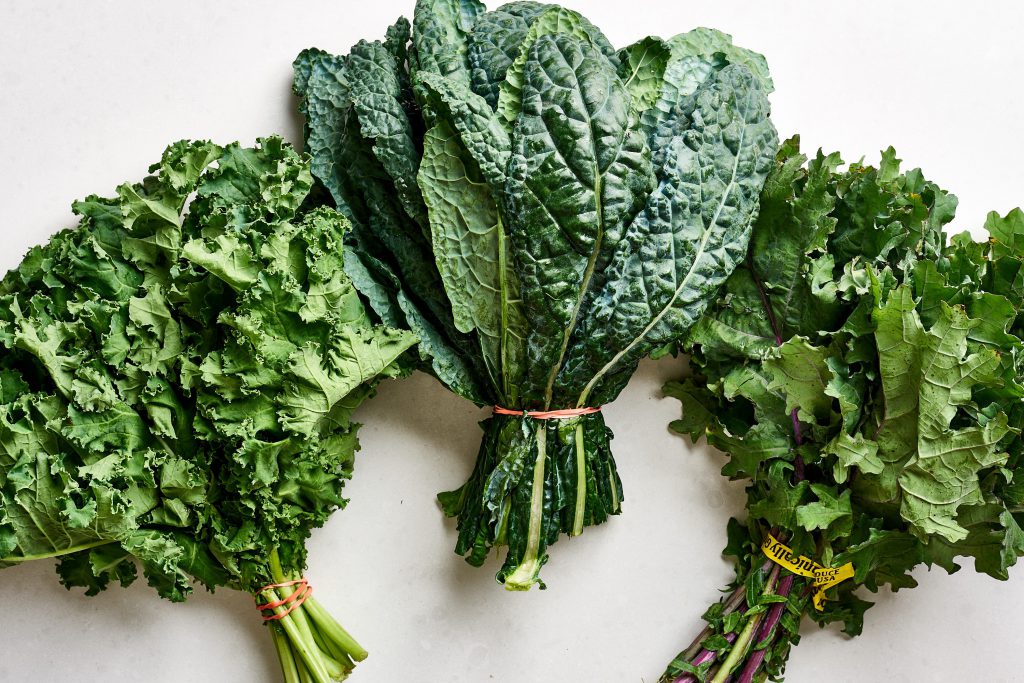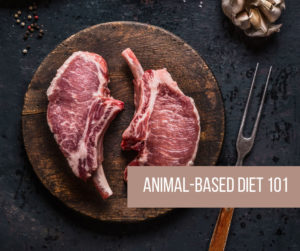Growing up, we were told to “eat our veggies” because vegetables are good for us. What if I told you that none of this is actually true? Eating a diet consisted heavily of leafy greens, root vegetables, grains and seeds can cause serious damage to our health.
What? How can plants be harmful? They look so benign, and, unlike animals, they don’t put up a fight when we try to eat them! That’s precisely why plants are dangerous.
But first things first. When we talk about vegetables, we’re talking about the stems, leaves, roots and seeds of a plant. Fruit is a different story as it’s the only part that plants want animals to eat in order to help them spread their seeds.
Plants can’t fight or flight like animals when they encounter predators, so in order to pass down their DNA and prevent animals from eating too much, they developed toxic chemicals that act as natural pesticides and antinutrients. For humans, these antinutrients might not kill us immediately, but they act as a slow poison inside our body and create inflammation, damage our cells and lead to serious health problems such as excessive bloating, damaged gut health, skin problems, leaky gut syndrome, hormonal imbalance and so on.
In this article we’ll talk about why vegetables are not your friends and why it’s better to avoid them.
What Are Antinutrients?
Unlike nutrients that provide nourishment, antinutrients interfere with the absorption of vitamins, minerals and other nutrients. They can also create holes in your intestinal walls, leading to increased intestinal permeability (aka leaky gut syndrome). A leaky gut allows undigested food residue (e.g., food particles, bacteria, and toxins) to enter the bloodstream, causing the immune system to attack the foreign invaders. This leads to chronic bloating, gut issues and autoimmune issues such as rheumatoid arthritis and eczema. Since antinutrients block the absorption of nutrients, consuming them can also lead to nutrient deficiencies if you are not careful with your food choice.
Some of the most common antinutrients include:
- Glucosinolates
- Oxalates
- Lectin
- Phytic Acids (or Phytate)
- Isoflavones
- Tannins
Let’s take a look at them together!
Glucosinolates
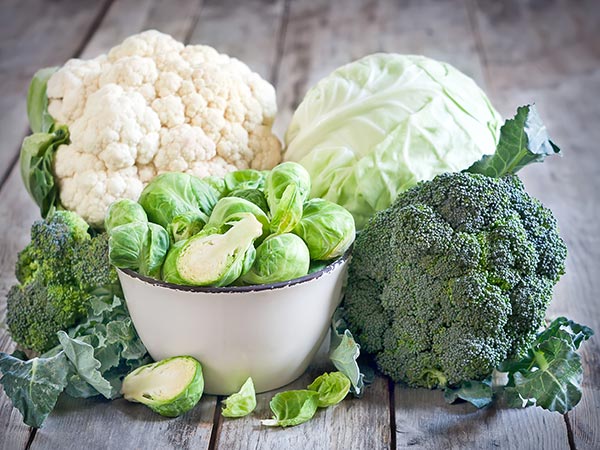
Glucosinolate is a sulfur-containing compound that exist in many crucifer plants such as broccoli, kale, collard greens, brussels sprouts, cabbage, horseradish, wasabi, cauliflower. When the plants are attacked or eaten by animals, they transform into isothiocyanates.
One of the most well-known isothiocyanates is sulforaphane. It is often labeled as the “healthy compound” inside broccoli for its antioxidant tendency and potential to treat cancer. However, if we examine how sulforaphane form antioxidants, we’ll see that it actually does it through triggering the body’s defense system against oxidative stress (the NRF2) — the same way tobacco smoke, heavy metals, and alcohol do. So, sulforaphane is actually a stressor that triggers defensive reactions in the body, and in order to defend our body from toxins, the NRF2 system produces glutathione, the powerful antioxidant naturally produced in our body.
Therefore, consuming too much broccoli triggers the same defensive response smoking and drinking alcohol does to us — improving antioxidant status in the short term but harming us in the long term.
Oxalates

Oxalates are found in plant-based foods such as turmeric powder, spinach, rhubarb, almond etc. In plant biochemistry, oxalic acid is produced during photosynthesis and helps the plant bond to minerals. In the human body, however, oxalates are simply waste products produced during amino acid breakdown and are excreted in the urine.

Like most waste products in the body, oxalates go through our kidneys before excreted in the urine. Excess oxalate in our bodies can lead oxalate deposition in the kidney, causing inflammation and fibrosis in the kidney and the progression of kidney stone and other chronic kidney diseases.
Furthermore, hyperoxaluria (too much oxalate in the body) is associated with other conditions like arthritis, thyroid disorders, digestive disorders, depression and autism. Oxalate deposition might also trigger autoimmune diseases as the body tries to remove them.
Maybe you’ll think twice about drinking a green smoothie with an extra scoop of turmeric powder next time. They’re not the superfoods people portray them to be.
Lectin
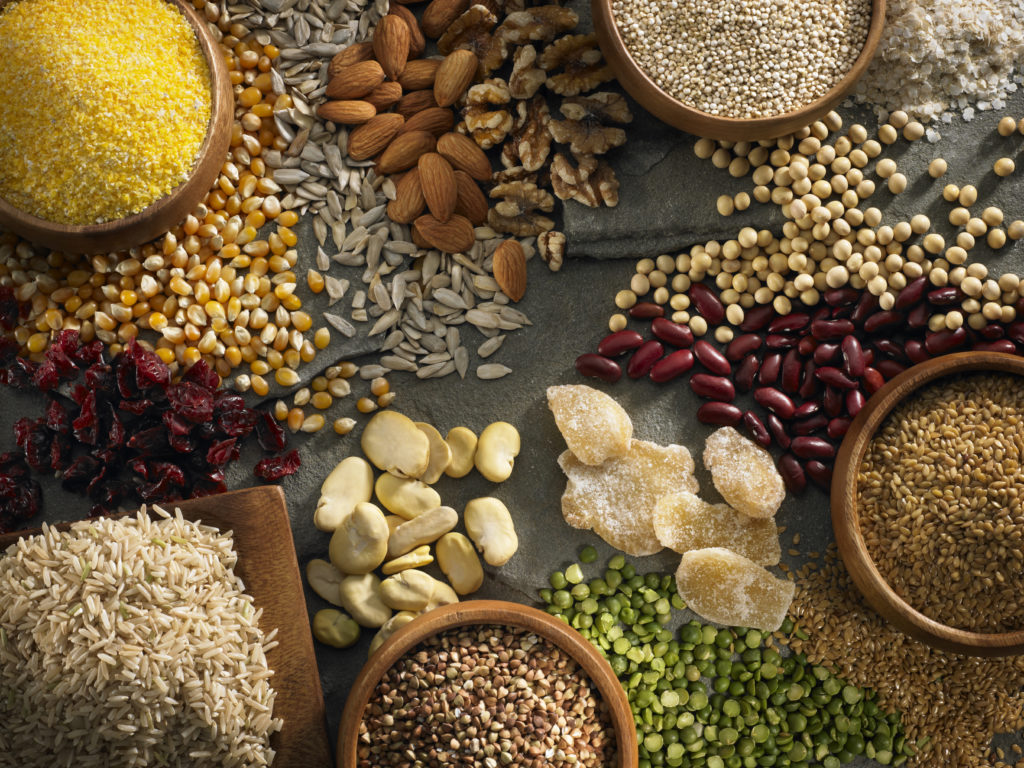
Eating a lectin-free diet is becoming the next big thing like eating gluten-free. Lectins are naturally-occurring proteins found in a variety of foods. They occur in higher concentrations in the roots and seeds of plants, and foods with the highest lectin content are legumes, grains, seeds, nuts, and tubers.
In plant biochemistry, lectins are natural pesticides that keep insects away. When humans are sensitive to lectins or if we eat too much of them, they will tear our intestines up so foods travel to other parts of our bodies where they’re not supposed to be. This triggers the body’s immune response, leading to leaky gut syndrome, autoimmune symptoms and inflammation. According to a study conducted by the University of Tennessee –
Lectins can bypass human defense system and travel all over the body causing diseases (i.e. Crohn’s disease, Coeliac-Sprue, colitis, etc.) by breaking down the surface of the small intestine. When large quantities of lectins are introduced in the body, the gut wall develops holes, and intestinal permeability, causing the leaky gut syndrome.
Lectins are also associated with autoimmune disease and the increase of white blood cells in our bodies and could lead to some serious health issues. Lectins can also interfere with the absorption of calcium, iron, phosphorus, and zinc, making you think that you’re eating nutrient-dense foods when you’re not actually absorbing most of them.
We can see that a diet that is rich in lectin increases the risk of many western chronic diseases. It sure seems like the lectin-free diet isn’t just another meritless fad after all.
Phytic Acids or Phytate

Phytic acid is a potent antinutrient that binds to essential nutrients including calcium, iron, magnesium, chromium, manganese, and zinc. When it binds to a mineral, it creates a compound known as phytate. Once that happens, the ability for your body to use the mineral diminishes and leaves you stuck in a less functional and less energetic state. Furthermore, unlike ruminant animals that produced enzymes to break down phytates, phytates are not absorbed by the human body.
Similar to oxalate, many people claim phytic acids has antioxidant and cancer-fighting properties. This is because phytic acids bites to iron and suppresses iron-catalyzed oxidative reactions. An antioxidant formed based on sacrificing iron absorption? Sounds sketchy.
More research is needed to evaluate the pros and cons between phytic acids. But generally, a small amount of phytic acids might not produce negative effects on a healthy person, but too much of it becomes a bad thing. Unfortunately, phytic acid is everywhere — from whole grains, seeds, soybeans and nuts to the majority of processed foods made with seed oils, making it very easy to overconsume in the modern diet.
Isoflavones

Isoflavones are found in soy products including tofu, soy milk, tempeh, miso, etc. These foods are often promoted for their antioxidative tendencies and the mass majority believe they’re good for our health. However, similar to sulforaphane, isoflavones improve the body’s antioxidative levels only by first acting as pro-oxidants and activating the body’s NRF2 system. They’re a wolf in sheep’s clothing.
Another major problem with isoflavones is they mess with the hormone levels in our body. Because the molecular structure of isoflavones and estrogen are similar, our body gets confused and our estrogen receptor binds to the wrong thing when they’re both present in the body.
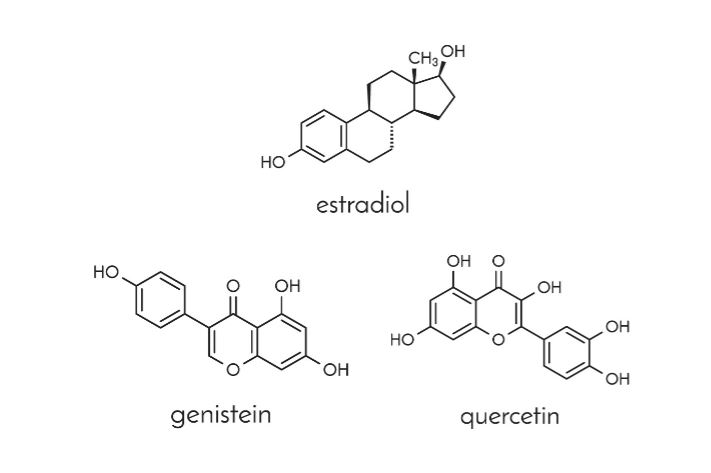
So why is this bad? First off, a healthy balance of estrogens and testosterones is crucial for the health of our reproductive organs including ovaries, testicals and prostate. Furthermore, studies have shown that high intakes of isoflavones have been associated with reduced fertility, thyroid dysfunction, and increased levels of inflammation throughout the body.
Tannins

Tannins are natural defense molecules produced by plants. They function as inhibitors of digestive enzymes when animals try to eat them, making the plant harder to digest. Many ruminant animals, like moose and sheep, have developed proteins in their saliva that inactivate tannins, but humans do not have that. When foods containing tannins enter our body, they impair our digestion and prevent our body from absorbing beneficial bioavailable substances. Once indigestion occurs, we can also experience bloating, diarrhea, constipation and other GI issues.
Black tea, green tea, dark chocolate, grapes and red wine are examples of foods containing high tannins.
Who Should Avoid Antinutrients?
By now we have learned that plants really are up to no good. Just like animals and other organisms, plants want to survive. And since plants can’t run away from predators, they’ve developed a “chemical warfare” against predators. Many herbivores that are adapted to eating plants have developed ways to mitigate plant toxins, but humans have not, because we are evolved to be carnivores.
So who should avoid antinutrients? Are we all not allowed to eat plant foods?
The answer depends. While is impossible to avoid antinutrients completely as long as you are consuming plant foods, there are ways to reduce antinutrients and mitigate the negative effects. Here are some ways to reduce the amount of antinutrients in plants:
- Soaking and Sprouting releases some antinutrients and enzyme inhibitors such as phytic acid.
- Cooking destroys many heat-sensitive antinutrients. For example, boiling broccoli can reduce its oxalate content by 30-87%, but doing so also decreases other nutrients.
- Fermenting degrades many antinutrients, improves the absorption of minerals, and reduces the glycemic index of many foods.
- Peeling and deseeding removes the most toxic parts of plants where most antinutrients are concentrated.
If you have a healthy digestive system and metabolism, mitigating antinutrients through the food preparation methods listed above might be enough for your body to excrete antinutrients naturally. However, if you have more severe health issues, it might be beneficial to eliminate plant foods completely from your diet.
If you suffer from any of the symptoms below, adopting a animal-based lifestyle and avoid antinutrients could help improve your health:
- Gut issues including leaky gut syndrome, IBS, SIBO, bloating, indigestion, etc.
- Autoimmune disease such as eczema, arthritis, urticaria.
- Hormone related issues such as thyroid disfunction, irregular menstrual cycle, etc.
- Chronic fatigue
- Insulin resistance
- Anxiety and/or depression
While it is true that antinutrients don’t affect everyone, we unfortunately live in a day and age where most people have had some health damage from eating too much processed foods, carbohydrates, and submitting to fads like green smoothie, veganism, and detox juices. Even just by eliminating plant foods temporarily could result in huge improvements in one’s energy levels and overall wellbeing. It’s worth doing an animal-based elimination diet just to see how you feel without plants. Maybe you’ll find that you only react to certain plant foods and can add others back in, or you feel so great on an animal-based diet where you eliminate plant-based foods completely.
If you are interested in starting an animal-based diet, please read my guide A Beginner’s Guide To The Animal-Based Diet.
